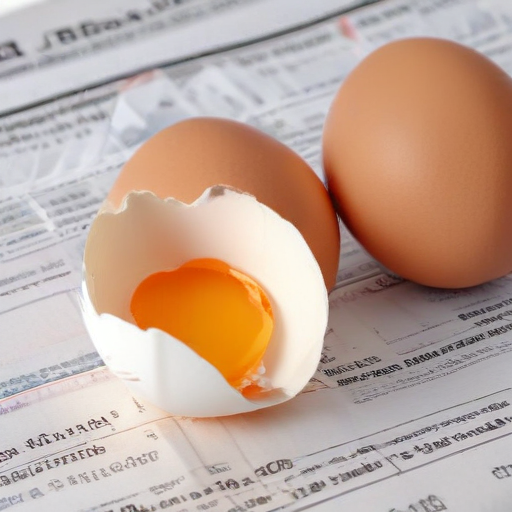Experts are warning that the ongoing challenges of bird flu and inflation may continue to inflate the cost of eggs, which have already seen a significant price increase of 15.2% recently. This price hike coincides with broader inflationary trends, as the Consumer Price Index (CPI) reported a 3% annual increase in January, marking the fourth consecutive month of rising inflation.
The CPI, which measures the average change over time in the prices paid by consumers for goods and services, experienced a 0.5% monthly increase, surpassing the expected 0.3% rise. This uptick is attributed in part to price adjustments made by businesses at the start of the year. Other areas also reporting notable increases include fuel oil (6.2%), used cars and trucks (2.2%), and auto insurance (2%).
Economists are viewing this persistent inflation as a signal for the Federal Reserve to maintain a cautious stance on interest rates. Fed Chair Jerome Powell recently communicated that there’s no immediate rush to further reduce rates. Brian Coulton, chief economist at Fitch Ratings, expressed concern over the data, suggesting it mirrors past inflation spikes and highlights the Fed’s incomplete efforts to control inflation, especially with potential new risks from tariff increases and constraints on labor supply.
The implications of these inflationary pressures are significant for consumers. Higher borrowing costs are anticipated as the Fed pauses on rate cuts, leading to increased expenses for loans, credit, and mortgages. Current mortgage rates hover near 7%, nearing a 20-year high, and any relief is tied to controlling inflation, according to experts from the National Association of Realtors.
Despite the challenging economic landscape, remaining informed about these developments and adjusting personal finance strategies accordingly can help consumers navigate the increasing costs. As the situation evolves, continued vigilance and proactive financial management will be essential in mitigating the impacts of inflation and rising costs.
